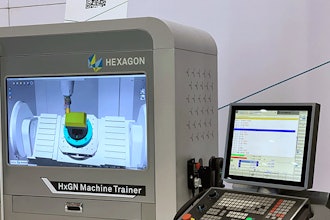Smart gun is a term used to describe a firearm with advanced safety features, such as fingerprint recognition or RFID, which prevents a non-authorized user from pulling the trigger. To oversimplify, if you don’t have the WiFi password or the gun doesn’t recognize the finger on the trigger, it won’t fire.
In a notice published in the Federal Register, the National Institute of Justice announced it is willing to pay up to $150,000 for a reliable demonstration of firearms with advanced gun safety.
Additionally, the departments of Justice and Homeland Security have started a process to define the requirements manufacturers would need to meet “for federal, state, and municipal law enforcement agencies to consider purchasing firearms with enhanced safety technology.” The Pentagon is even offering to help manufacturers test the technology.
Without diving into somewhat murkier waters, law enforcement is understandably hesitant to embrace their role as a guinea pig in field testing smart gun tech. In addition to some serious technological refinements, a number of political and legal roadblocks also need to be cleared before higher adoption levels will be realized.
However, that hasn’t stopped U.S. gun manufacturers from proposing solutions.
Specifically, iGun, which is a subsidiary of Mossberg Group, Inc., which is also the umbrella company for rifle and firearm manufacturer Mossberg, has developed a patented smart gun solution. The user wears a ring uniquely synced to their firearm. When the iGun senses that the ring is close, it compares a unique code with 18 billion possible combinations. If the ring is close enough in proximity and the codes match, an electric current from the battery actuates a mechanism to unblock the trigger.
iGun uses a modified form of RFID that they refer to as a Magnetic Tag Firearm System. Unlike most wireless products that look to amplify signal, iGun operates at an extremely low radio frequency range. So the ring needs to be just centimeters from the trigger, and that is adjustable.
The iGun is not for sale yet, although its manufacturer states that it is fully functional, out of prototype stage and been used in real-world settings. These firearms have also been tested to meet military and law enforcement standards.
According to iGun’s website, “Once enough demand exists, and if certain other conditions are met, they will be introduced. We are working on plans to introduce this product to select markets, but will do so only in a free-market environment. NO MANDATES.”
This is IEN Now.






















